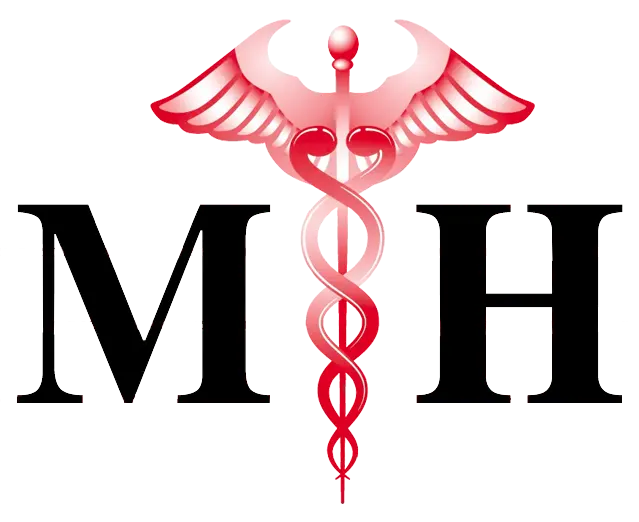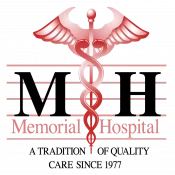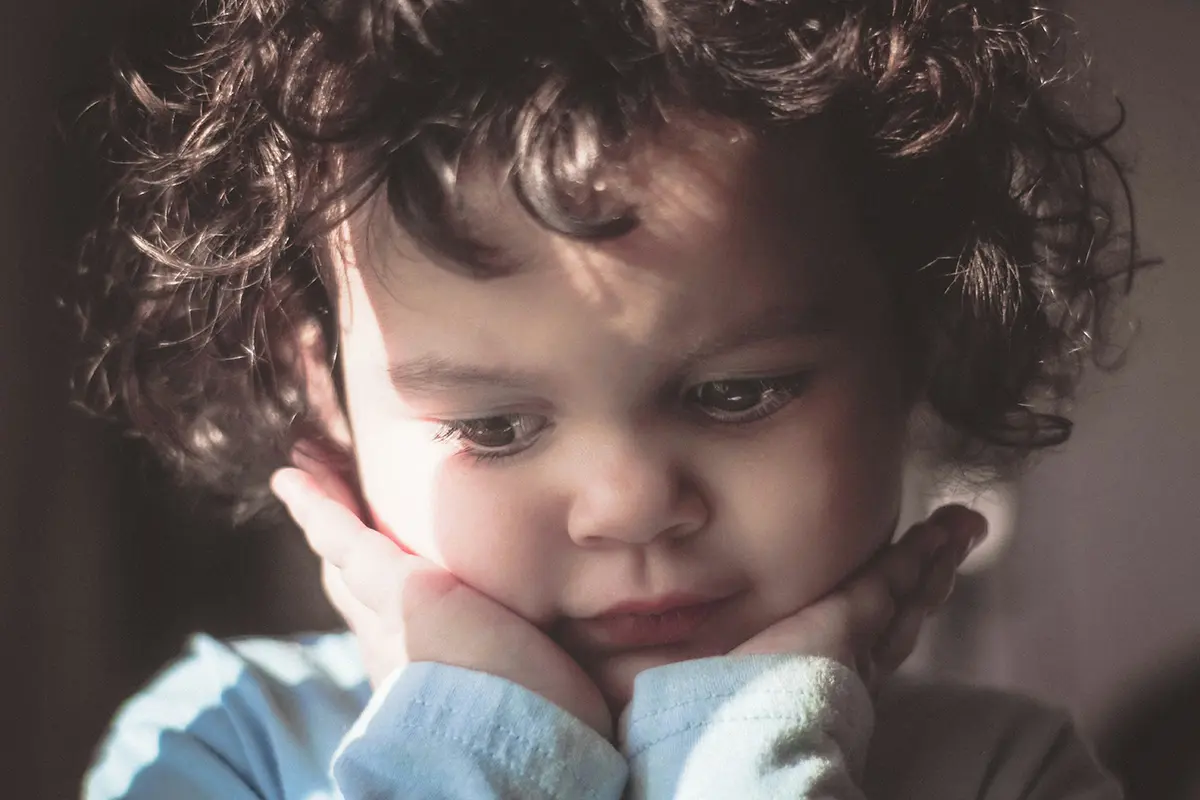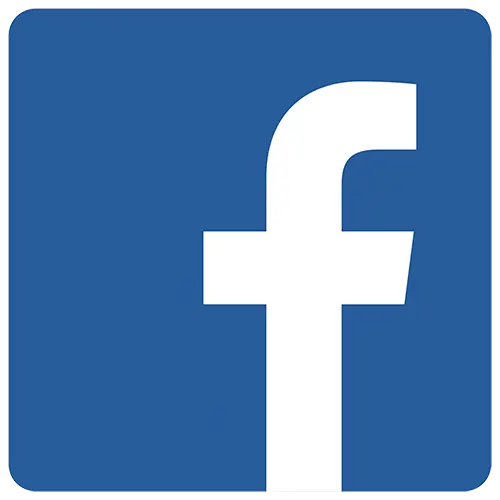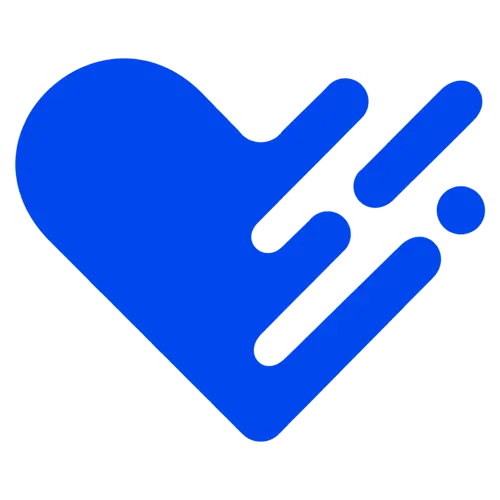Head lice infestation is a common and frustrating issue that often affects children, causing discomfort and concern for parents. These tiny parasites, known as lice, can quickly spread from one person to another, particularly in settings where close contact is common, such as schools and childcare facilities.
Understanding the signs, prevention, and treatment of lice is crucial to effectively managing and preventing infestations. In this blog, we will delve into the world of lice, exploring their characteristics, the dangers they pose, and practical steps to safeguard your child’s health and well-being. By arming yourself with knowledge, you can protect your little ones and tackle lice infestations with confidence.
Understanding Lice
Head lice, scientifically known as Pediculus humanus capitis, are parasitic insects that infest the scalp and hair of humans. These tiny wingless insects survive by feeding on human blood, causing itching and discomfort. Lice spread through direct head-to-head contact or by sharing personal items such as hats, brushes, and headphones. Contrary to popular belief, lice are not an indication of poor hygiene or cleanliness. They can affect anyone, regardless of their personal hygiene habits.
The life cycle of lice consists of three stages: the egg (nit), the nymph, and the adult. Nits are tiny, oval-shaped eggs that are attached close to the base of the hair shaft. Nymphs are young lice that hatch from the nits and go through several molts before reaching adulthood. Adult lice are about the size of a sesame seed and are capable of reproducing, laying more nits, and perpetuating the infestation.
While lice infestations are not known to transmit diseases, the itching and scratching resulting from infestation can lead to skin irritation, secondary infections, and disrupted sleep patterns. It is important to identify and address lice infestations promptly to prevent further discomfort and potential complications.
Signs and Symptoms of Lice Infestation
Detecting a lice infestation early is crucial to prevent its spread and ensure timely treatment. Here are some common signs and symptoms to watch out for:
Itchiness
One of the most common signs of lice is persistent itching, particularly behind the ears, at the nape of the neck, or on the scalp. The itching is an allergic reaction to the saliva lice inject into the scalp while feeding on blood.
Visible Lice or Nits
Lice and their eggs (nits) may be visible on the scalp or hair shafts. Nits are tiny, oval-shaped eggs that are often mistaken for dandruff but are difficult to remove. They are typically attached close to the base of the hair shafts and may appear yellowish or tan.
Scalp Sores
Intense scratching due to lice infestation can lead to scalp irritation and the development of sores or small red bumps.
Regular head checks are essential to identify lice infestations early on. Comb through the hair using a fine-toothed comb, paying close attention to the areas behind the ears, at the back of the neck, and along the hairline. If you notice any signs of lice or nits, it is important to take immediate action to prevent the infestation from spreading and to seek appropriate treatment options.
Prevention of Lice Infestation
While lice infestations can happen easily, there are measures you can take to reduce the risk and prevent the spread of lice. Here are some practical tips to help prevent lice infestations:
Avoid Head-to-Head Contact: Encourage children to avoid close head-to-head contact with others, especially during activities like hugging, taking selfies, or sharing personal items like hats, scarves, or hairbrushes.
Do Not Share Personal Items: Teach children not to share items that come into contact with the hair, such as combs, hair accessories, helmets, or headphones. Lice can crawl from one person to another through these items.
Use Lice Repellent Products: Consider using lice repellent sprays, shampoos, or conditioners that contain natural ingredients known to repel lice. These products can serve as an additional preventive measure, especially during lice outbreaks or when children are in close contact with others.
Encourage Proper Hygiene Practices: Teach children to maintain good hygiene habits, including regular hair washing with normal shampoo and conditioner. While lice prefer clean hair, regular hygiene practices can help maintain a healthy scalp and prevent lice infestation.
Keep Living Spaces Clean: Regularly vacuuming upholstered furniture, rugs, and bedding can help remove any stray lice or nits. Washing and drying items like hats, scarves, and pillowcases at high temperatures can also help kill lice and their eggs.
By following these preventive measures and educating children about lice prevention, you can reduce the risk of lice infestation. However, if you suspect or detect a lice infestation, it is important to take prompt action to prevent its spread and seek appropriate treatment options.
Treating Lice Infestation
Discovering a lice infestation can be a concerning experience, but with the right treatment approach, it can be effectively managed. Here are the steps to treat a lice infestation:
Choose an Effective Treatment
There are various over-the-counter lice treatments available, such as shampoos, lotions, or sprays. Follow the instructions carefully and apply the treatment as directed. In some cases, prescription treatments may be recommended by healthcare professionals.
Wash and Dry Infested Items
To prevent reinfestation, wash and dry all bedding, clothing, hats, and other items that may have come into contact with lice. Use hot water and high heat settings in the dryer to kill any remaining lice or nits.
Educate and Inform Close Contacts
Notify individuals who have had close head-to-head contact with the infested person, such as family members, friends, or schoolmates. Encourage them to check for lice and take appropriate preventive measures.
Comb Out Lice and Nits
After applying the treatment, it’s crucial to comb out the lice and nits using a fine-toothed comb specifically designed for lice removal. Divide the hair into sections and comb from the scalp to the ends, removing any lice or nits. Repeat this process every few days to ensure thorough removal.
Vacuum and Clean the Environment
Vacuum upholstered furniture, rugs, and car seats to remove any lice or nits that may have fallen. Consider using a lint roller or tape to pick up lice or nits on surfaces.
Follow-Up Checks
Perform regular head checks to ensure that all lice and nits have been effectively removed. It may take a few weeks to completely eliminate the infestation, so be diligent in checking and treating as necessary.
Let’s Keep Stilwell Lice-Free!
Keeping our children lice-free requires vigilance and proactive measures. By understanding the signs, taking preventive actions, and following proper treatment protocols, we can effectively manage and prevent lice infestations. Remember to stay vigilant with regular head checks, educate your child about lice prevention, and maintain good hygiene practices.
If you need assistance or have any concerns, don’t hesitate to reach out to the pediatricians at Stilwell Memorial Hospital. They are dedicated to providing expert guidance and support to ensure the health and well-being of your child. Together, we can protect our little ones and keep them lice-free.
